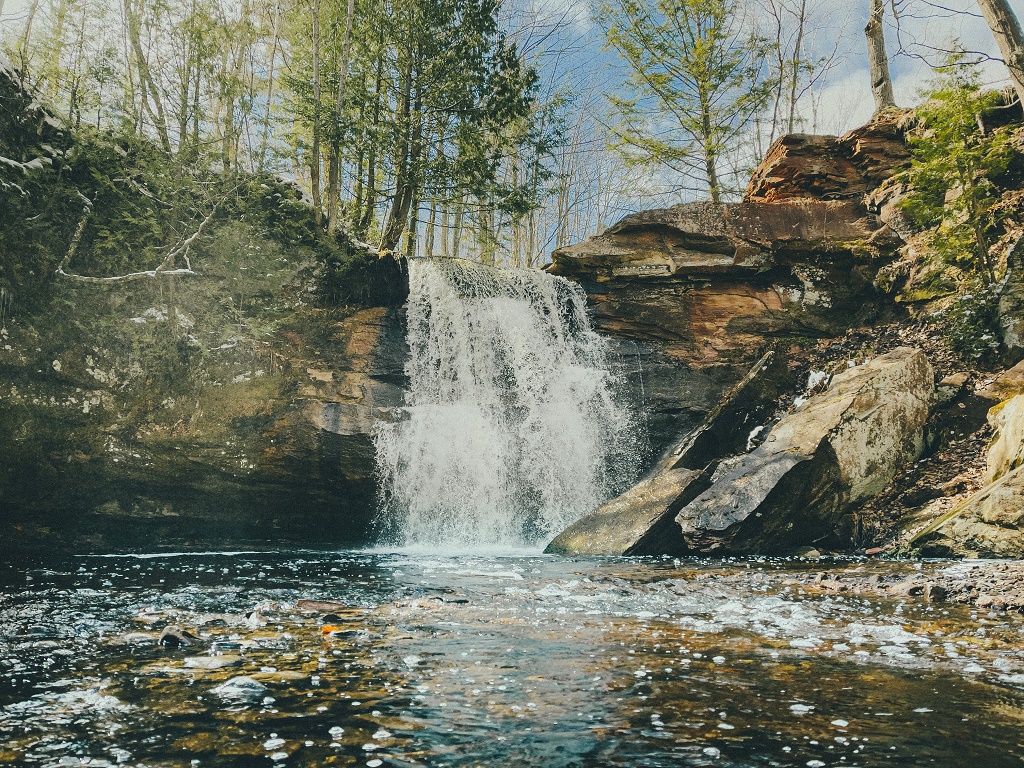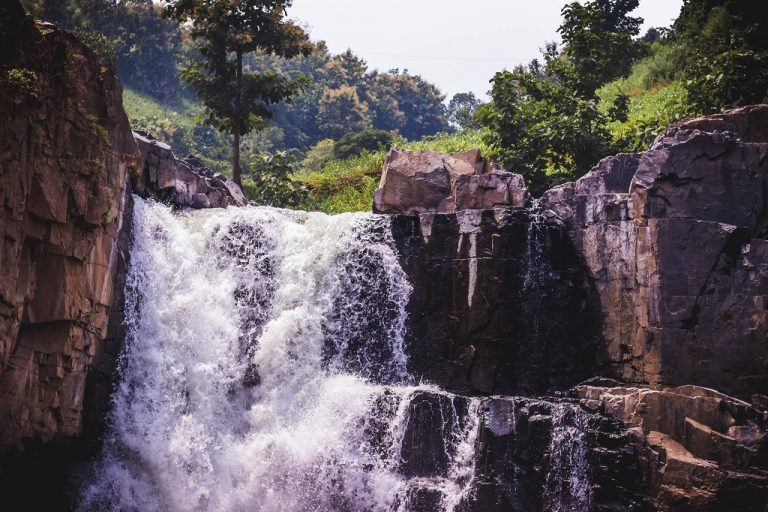Table of Contents [show]
Drinking enough water is important for your health because it contributes to the normal functioning of all cells in your body. Therefore, it is important that you drink enough fluids throughout the day.
There are many different types of water, with spring water and filtered water being the most popular. You may be wondering how they differ and whether you should choose one or the other.
Compare The Standards
Purified water and spring water have different health requirements, which is one of the main differences. All impurities in water must be reduced to less than 10 parts per million to be considered purified. The Environmental Protection Agency has ruled that this is much higher than the levels required for normal drinking water, including tap water. Chemicals and pathogens must be removed from purified water, but not microbes.
Often purified water is confused with filtered water. However, this is not correct because all water is filtered to some degree, but purified water must meet higher standards. Purified water can come from any water source, including spring, ground or tap water, as it is subject to strict filtration and purification standards.
Advantages
Legally Safe to Drink
If you drink purified water from a bottle, you know that it had to meet a legal criterion to be labelled "purified." That means you can be sure that what you are drinking is perfectly safe.
May Purify Water Yourself
Any water source, including your own drinking water, can be purified, as I said before. Reverse osmosis or distilled water is less expensive to produce, helps you reduce your use of plastic water bottles, and tastes almost the same as purified bottled water.
Disadvantages
Lower Mineral Content
Some purified water sources have had minerals added, but purified water has usually had the beneficial minerals removed. Therefore, it may not taste as good as spring water, which contains a higher concentration of minerals.
Expensive & Wasteful
In this respect, there is not much difference between purified water and spring water. If you buy purified water at the store, you are spending a lot of money and contributing to the dangerously high plastic waste production in the United States.
If you want to drink clean, safe water without having to buy disposable bottles, I highly recommend investing in a system that allows you to purify your own drinking water at home.
How to Choose Between Purified Water and Spring Water
If you prefer mineral-rich water, spring water is probably your best bet. However, not all springs are the same, and one underground aquifer can often differ significantly from another. If you are concerned about the quality of springs in a particular area, you may want to consider a purified alternative. However, by EPA standards, both spring water and purified water are safe to drink, so neither option is wrong.

Ways to Purify Water Yourself
The following methods show three different ways to purify water at home, whether for emergency, outdoor survival, or everyday use, because some of the methods require.
Boiling
Boiling water is the most basic and widely used method of purification. To be safe, you should heat the water over a stove or open flame until it comes to a full boil, and then continue boiling for at least five to ten minutes (the longer the water is boiled, the purer it becomes).
Since boiling contaminated water removes all oxygen from the liquid, the resulting purified water may have an insipid taste. This is a minor flaw that can be easily remedied by shaking the purified water a bit.
You can also add a pinch of salt to each liter of drinking water to improve the taste.
Commercial Filters
Water can be filtered in various ways to make it drinkable. In an emergency, porous materials such as coffee filters and cotton cloths can be used, but they are not very effective in removing all unwanted particles.
Commercial filters, on the other hand, are quite good at removing virtually all tannins and sludge from tainted water.
Commercial filters come in a variety of sizes and shapes, including portable filters for emergencies, filter systems that plug directly into your faucet, and filters that come pre-installed in water jugs and bottles.
Water filters come in different sizes, shapes, and prices, but they all work by forcing the water through a carbon or ceramic filter before chemically treating it.
The biggest drawback to this method is that the filters can clog quickly. Some filters can be cleaned and reused, while others may need to be replaced.
Solar Disinfection
When boiling water is out of the question for cleaning, solar disinfection is a quick and inexpensive alternative. Unlike direct, extreme heat, solar disinfection uses the heat of the sun to aid the cleaning process.
For this method to be successful, you will need bottles, contaminated water, and direct sunlight. Be sure to use plastic bottles and fill them about three-quarters full.
Before filling the remaining quarter of each bottle with water, shake the bottles for about 20-30 seconds. Close the bottle tightly before drinking and place in direct sunlight for at least 6-8 hours.

